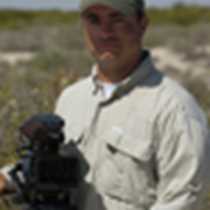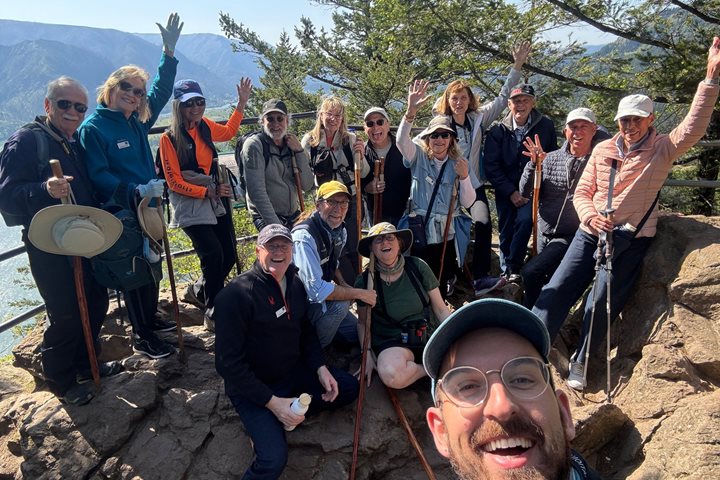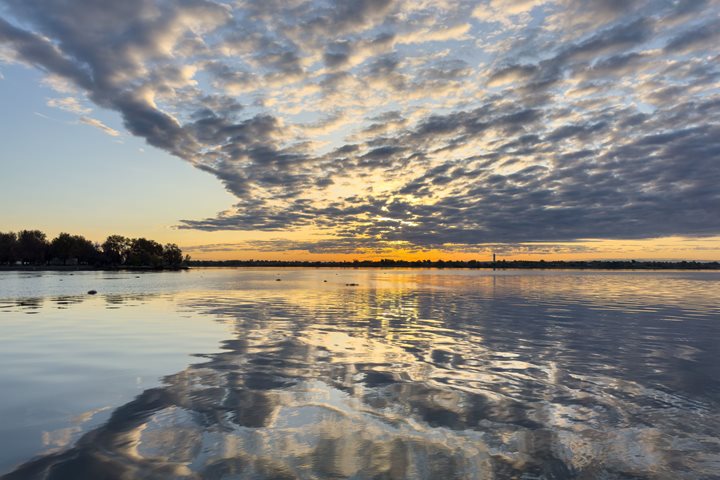While a few of the National Geographic Sea Bird guests accompanied our historian Don along the Clearwater River, the rest of us zoomed up the Snake River in jet boats to see the wonders of Hells Canyon. Hells Canyon is one of the deepest gorges in North America and a geologic wonderland. Initially, horizontal beds of basalt lava rise above the canyon floor; but as we continued upstream, quite abruptly a major fault brought deep lying layers to the surface.
These older layers were born thousands of miles away near the Equator as volcanic arc islands surrounded by coral reefs. Over the eons, these islands were “rafted” toward North America eventually crashing into the continent and welding themselves to create much of the Pacific Northwest. Then beginning about 17 million years ago a tremendous out-pouring of basalt lava flowed across much of Washington and Oregon.
About 2 million years ago the ancestral Snake River began cutting a course through all of these rock layers. The downward cutting was greatly helped by a flood of biblical proportions when Ice Age Lake Bonneville overflowed and sent a flood of 10,800,000 cubic feet of water per second, which lasted for days. This flow is roughly six times greater than the Mississippi's highest flows. What a spectacle it must have been.
On our trip today, the Snake River was turbid due to recent heavy rains along the Salmon River in Idaho, which feeds into the Snake. Nonetheless, fishermen were out in force hoping to snag either Chinook salmon or steelhead trout. One angler was reeling in an endangered sturgeon, which he quickly released.
Along the way, we were fortunate to see a variety of ducks, geese, and herons. Also, there was a small herd of mule deer above Cache Creek and a few Rocky Mountain bighorn sheep near the confluence of the Salmon and Snake.
The final highlight of the river trip was a stop at Buffalo Eddy to photograph a nice set of ancient petroglyphs. Petroglyphs are typically carved into rocks and in this case, the Native Americans (probably Nez Perce) scratched through the desert varnish exposing the lighter colored rock underneath. What these anthropomorph and sheep-like depictions meant is lost to antiquity.









